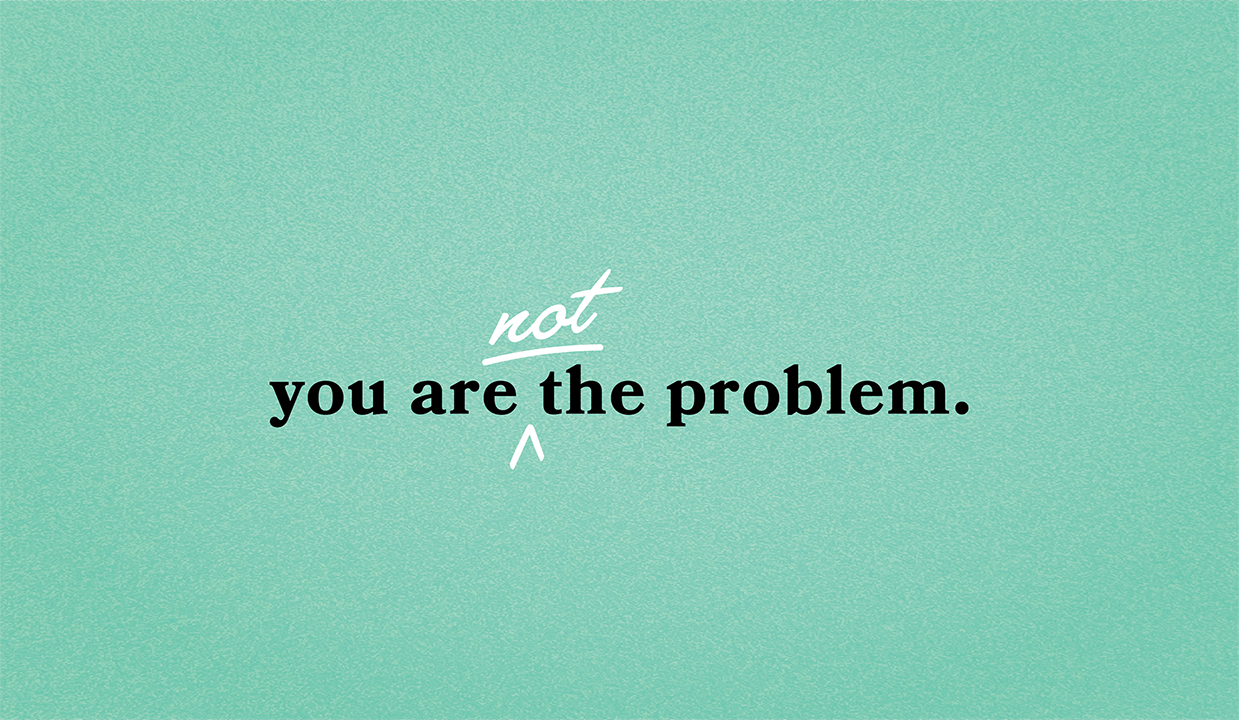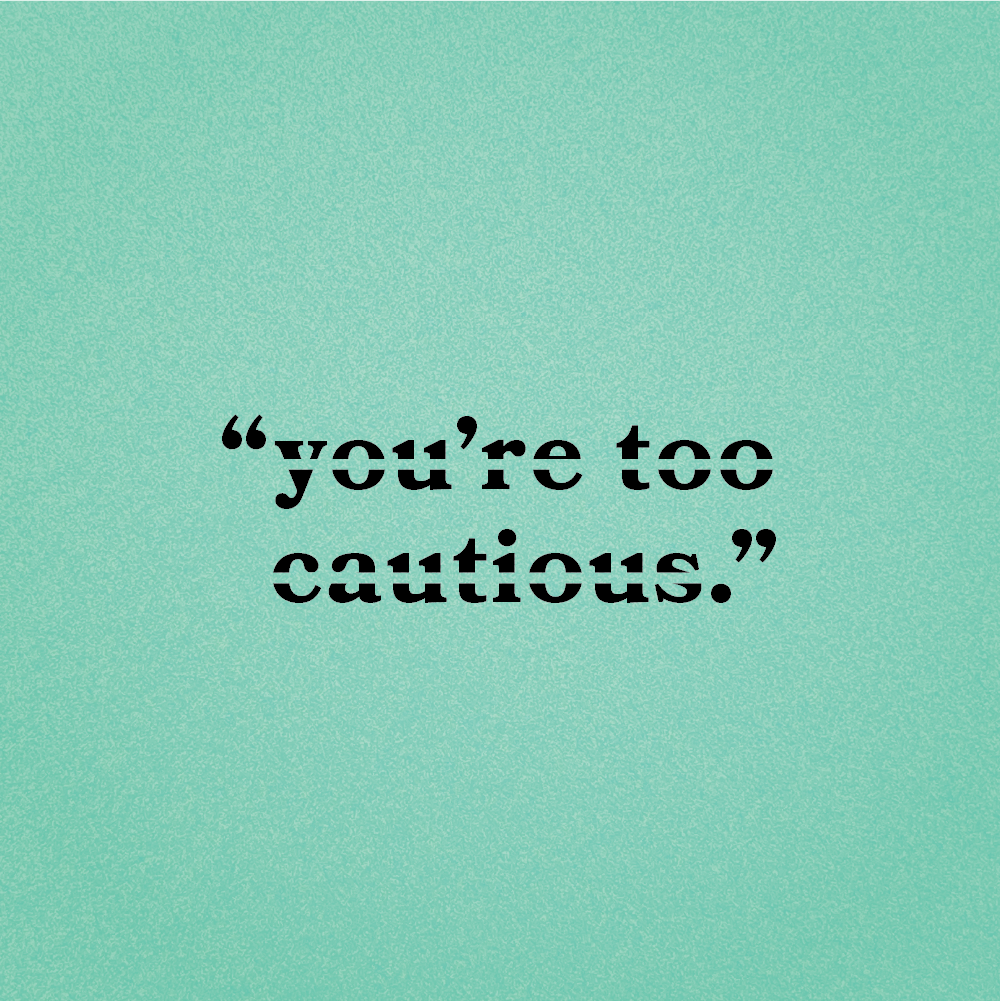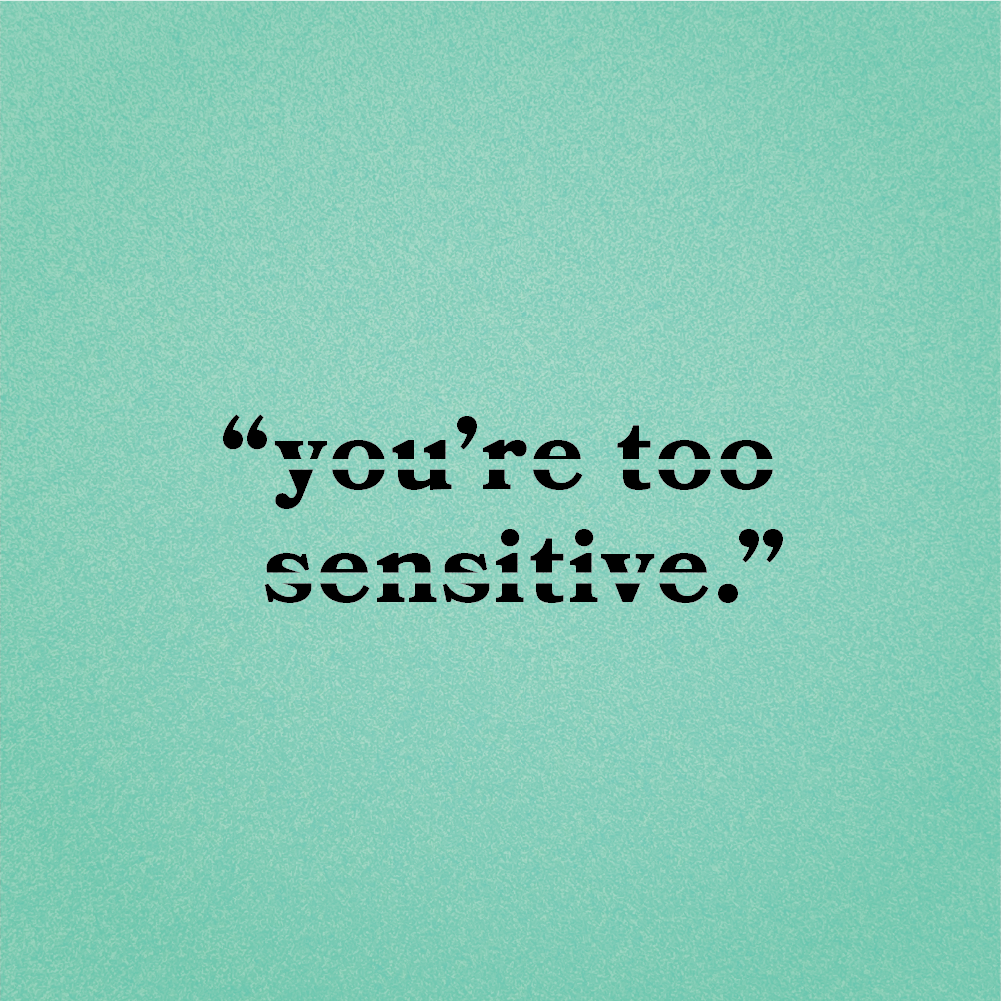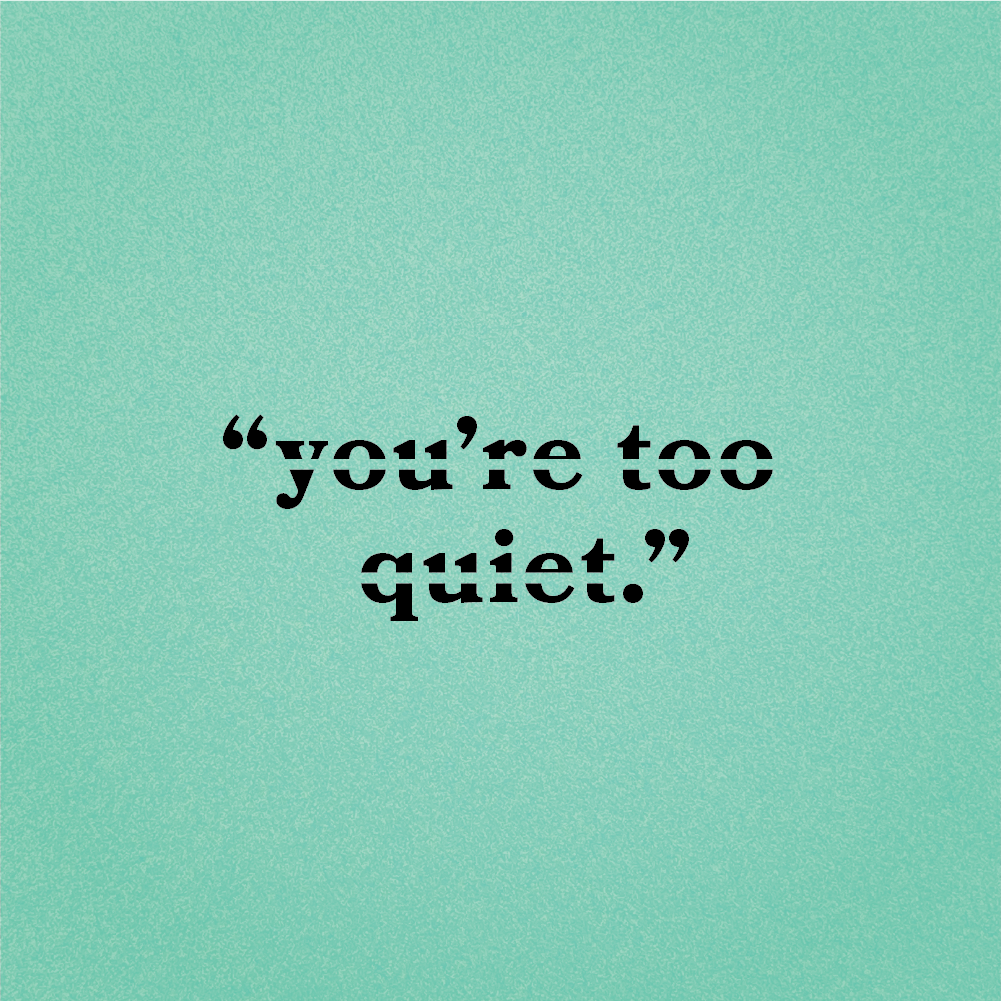the professional introvert: how to harness your secret superpower
by Allison Clark

As a “professional introvert,” I’ve done a lot of thinking (and occasionally agonizing) around the subject of personality types. By now, we all know how it goes: introverts get their energy from having time to recharge in quiet solitude, while extroverts get their energy from interacting socially with others. Neither is objectively good or bad, and wherever we are on this spectrum contributes to how we navigate school, work, friendships, and family.
Despite lots of reading and personal pep talks, I’ll be completely honest: I still often think that I’d be happier, more confident, and more successful in my career if I fit into what Quiet author Susan Cain describes as the “extrovert ideal.” But let’s face it — we’re not all wired the same way. And we can’t change our innate selves. But we can learn, adapt, and work from our strengths — or, in this case, our introvert superpowers.
why does it matter?
We all deserve to feel confident and comfortable. And while there will always be situations that stretch us beyond our comfort zone, it’s important to recognize and play up the valuable qualities that come with being exactly who we are. So let’s start by reframing some of the messages introverts have likely received more than a few times over the years.

You think before acting.
There’s a reason for this. Introverts and extroverts react differently to dopamine in the brain in high-risk situations. Where extroverts are more likely to jump quickly on an opportunity, introverts are often better able to delay gratification and think before acting — weighing the pros and cons, collecting diverse opinions, and researching before making a fully informed decision. We’re naturally observant, and while we might take a bit longer to process a situation, we’re not likely to overlook the details. So having a mix of both quick thinking and risk-averse folks can help balance out a team and strengthen their decision-making abilities.

You think before acting.
There’s a reason for this. Introverts and extroverts react differently to dopamine in the brain in high-risk situations. Where extroverts are more likely to jump quickly on an opportunity, introverts are often better able to delay gratification and think before acting — weighing the pros and cons, collecting diverse opinions, and researching before making a fully informed decision. We’re naturally observant, and while we might take a bit longer to process a situation, we’re not likely to overlook the details. So having a mix of both quick thinking and risk-averse folks can help balance out a team and strengthen their decision-making abilities.
You’re emotionally intelligent.
It’s true that introverts tend to be more sensitive to external stimuli (loud noises, big crowds, sudden changes), but this sensitivity extends to others, as well. Introverts are experts at reading the room, acting with intention and empathy: Is everyone feeling included? Do my team members have what they need to move forward? Is this meeting making the best use of our time?
Emotional intelligence is more than a “nice-to-have” in the workplace. It improves communication, strengthens team connections, and contributes to great manager-employee relationships. And as designers, the ability to listen, learn, and act with empathy ensures that our focus stays centered on the needs of the end-user.


You’re emotionally intelligent.
It’s true that introverts tend to be more sensitive to external stimuli (loud noises, big crowds, sudden changes), but this sensitivity extends to others, as well. Introverts are experts at reading the room, acting with intention and empathy: Is everyone feeling included? Do my team members have what they need to move forward? Is this meeting making the best use of our time?
Emotional intelligence is more than a “nice-to-have” in the workplace. It improves communication, strengthens team connections, and contributes to great manager-employee relationships. And as designers, the ability to listen, learn, and act with empathy ensures that our focus stays centered on the needs of the end-user.

You’re highly observant, and a great listener.
Exasperated elementary school teachers love to remind a rowdy classroom that, “if you’re talking, you’re not listening” — and they’re right. Listening is how we learn, observe, and process information, and by definition requires us to be quiet.
Lucky for introverts, this is how we thrive. When given a complex task and a quiet workplace (or a good pair of headphones), we dive right in and can work independently for long periods of time — a valuable skill in any profession, especially creative work.

You’re highly observant, and a great listener.
Exasperated elementary school teachers love to remind a rowdy classroom that, “if you’re talking, you’re not listening” — and they’re right. Listening is how we learn, observe, and process information, and by definition requires us to be quiet.
Lucky for introverts, this is how we thrive. When given a complex task and a quiet workplace (or a good pair of headphones), we dive right in and can work independently for long periods of time — a valuable skill in any profession, especially creative work.
So we’ve tackled our first challenge: reframing some of those negative messages.
Now, let’s explore a few more ways introverts can make the world work for us, even when it’s a little too loud.
1. Be friends with your brain
A busy day of social interaction can leave an introvert feeling overwhelmed or wiped out. But the good news is that recognizing and accepting these patterns is half the battle. Sometimes you’ll need to conserve your mental energy to free up space for more important things.
Know your work style, and feel empowered to set boundaries in a way that makes sense to you. This can come in the form of blocking out time on your calendar for “focus mode,” or declining a happy hour in favor of “get sh*t done” hour (without feeling guilty about it.) Saying “no” to one thing means you’re saying “yes” to something else, allowing yourself time and space to give 100% to a more meaningful task.
2. You’re allowed to be proud
The best advice “wake-up call” I received last year was this: you’re not going to make progress by constantly reminding yourself of what you’ve done wrong in an effort to avoid doing it again; you’ll make progress by reinforcing what you’ve already done right.
In that vein, keep track of your accomplishments and the things you’ve done outside of your comfort zone as proof that you’ve done it once, and you can do it again. Keep a personal “brag list,” start a compliments folder on your desktop, or challenge yourself to write down three things every day that you’re proud of, no matter how tiny.
3. Work from your strengths
You don’t have to (and realistically can’t) be good at everything. Maybe public speaking will always make you nervous, no matter how much you practice. But instead of letting that paralyze you, re-frame the expectations you hold for yourself.
Keep practicing those presentation skills, of course, but don’t lose sight of the areas where you already excel. Promote your expertise, and let people know: “I’m really confident in my skills at [X, Y, Z], and I want to contribute more in these areas to help our team.” Consider some of the topics we reframed earlier — how can you use these traits to your advantage? Or, see if you can partner up on a project with someone whose skill set is different from yours. You’ll probably learn a lot from each other.
4. Take your time
Your comfort zone is… comfortable. Growth is usually not. So it’s important to set realistic goals for yourself. Break up daunting tasks into smaller chunks, and give yourself a little reward when you’ve accomplished each one.
And for those big responsibilities that seem impossible and overwhelming (client presentations, I’m lookin’ at you), remember: this experience is temporary. This fear will pass. This stretching-yourself-beyond-what-you-think-is-possible is called growth.
And afterward, your comfort zone will be waiting for you with a warm blanket and a mug of tea upon your return.
Allison is a designer at Design B&B who loves deep discussions about why we are the way we are. She is grateful to be part of a team that fosters diversity in thought and personality.